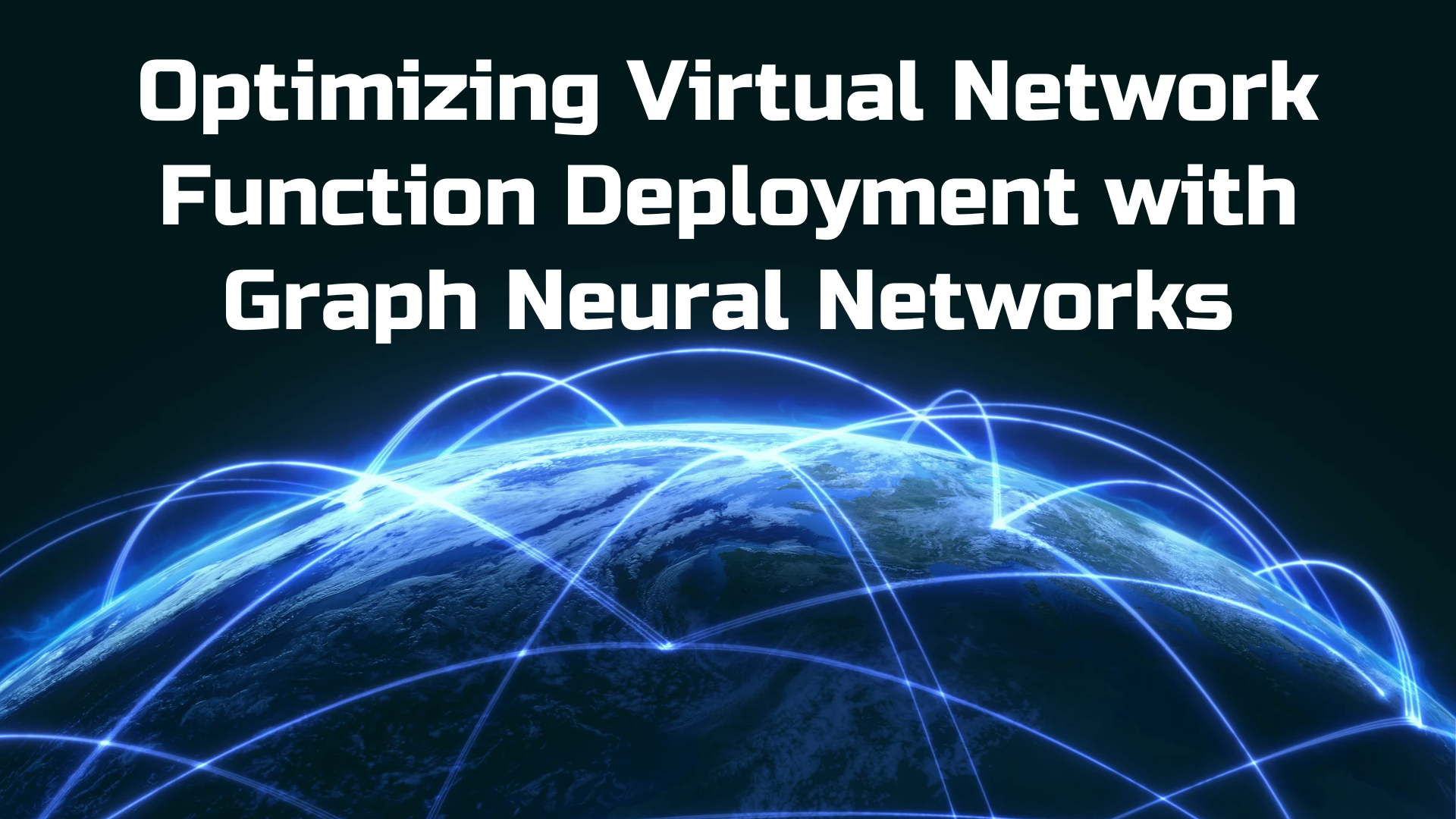If you also wish to gain knowledge on how Optimizing Virtual Network Function Deployment with Graph Neural Networks, is implemented then this post is for you.
Optimizing Virtual Network Function Deployment with Graph Neural Networks
The process of optimizing the deployment of Virtual Network Functions (VNFs) with Graph Neural Networks (GNNs) entails harnessing the capabilities of GNNs to examine the intricate linkages present in a network architecture. In order to get the best possible performance metrics, such as latency, throughput, and resource usage, VNFs can be strategically distributed throughout the available computational resources.
GNN-based VNF optimization also takes capacity and bandwidth restrictions into account. The suggested methodology provides near-optimal solutions and quickly resolves the challenging VNF management issue. The GNN can forecast the optimal location of VNFs on available compute nodes by examining the graph representation. This allows it to optimize key performance metrics by taking into account variables such as service needs, network architecture, and resource availability.
Read this post and clearly understand how the optimization of VNF deployment with GNN works, it significance and posed impacts.
What is Graph Neural Networks?
A kind of deep learning model called a graph neural network (GNN) uses graph analysis to generate predictions. They help comprehend the connections between data points, including people, locations, and items.

A message-passing mechanism is used by GNNs to collect data from nearby nodes. The model may learn intricate interactions between various network components thanks to this method, which repeatedly changes each node’s representation by combining data from its nearby nodes in the graph.
More Details: Get Here
Implementation of Optimizing VNF Deployment with GNN
Allocating certain resources is necessary for the deployment of VNF, and these resources should be carefully selected. In reality, the VNF deployment challenge is an optimization problem for network resources that seeks to distribute scarce CPU, memory, bandwidth, etc., among various users or tasks in order to confirm the needs.
The network infrastructure is represented as a graph in VNF deployment optimization using GNN, with nodes standing in for computing resources (servers) and edges for the network connections among them. As a result, GNNs are able to accurately depict the linkages and dependencies inside the network.
In order for the GNN architecture to learn the best placement strategy for various VNF types, it must be trained on historical data and network characteristics. Based on the state of the network, the GNN may be trained to anticipate the best place for new VNF instances to be deployed.
Significance of Optimizing VNF Deployment with GNN
Optimizing Virtual Network Function Deployment with Graph Neural Networks has several significance which has been provided below:
- GNN is capable of rapidly extracting complicated characteristics and topological information from graph structure.
- VNF placement decisions may be made almost instantly using GNNs, allowing for a prompt reaction to shifting network requirements.
- Even when network topology changes, GNNs can effectively optimize huge, dynamic network settings with many of nodes and connections.
- Through the incorporation of diverse restrictions and optimization targets into the model, GNNs may be tailored to distinct VNF deployment situations.
But it has drawbacks as well. It might be difficult to manage dynamic network conditions and traffic patterns. The completeness and quality of the network data used for training also affects the GNN model’s accuracy. In some situations, it may be challenging to comprehend the logic underlying the GNN’s judgments, which might be a drawback.
Thanks a lot for reading out this post on Optimizing VNF deployment with GNN, on our page.
